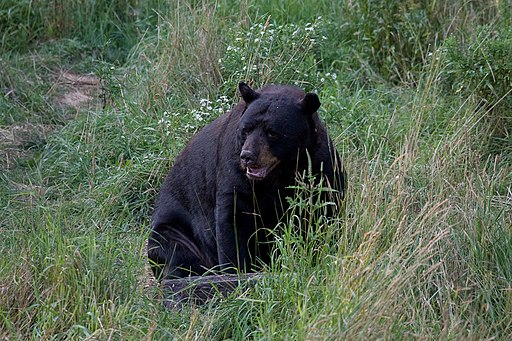WATER & WATERSHEDS
by Taylor Fredin and Nick Peterson
Deh Cho Canoe Expedition
Taylor Fredin and Nick Peterson are paddling 1,500 miles across the Mackenzie River watershed. The canoe trip will take them down the Slave River, around the South Shore of Great Slave Lake, and down Canada’s longest river: the Mackenzie. They will be exploring northern culture and environmental issues in and around the watershed.
 |
| A very chilly selfie |
Inuvik to Tuktoyaktuk: August 2 - August 7
Nick and I left Inuvik on a rainy, cold morning. The Mackenzie River
Delta has hundreds of lakes and river channels that had the potential to make navigation difficult. Fortunately, we were able to follow barge markers most of the way from Inuvik to the Arctic Ocean.
The East Channel of the Mackenzie River delta is home to countless migratory birds, large caribou and reindeer herds, and many endemic species of fish.
During the summer, however, the east channel serves as the main waterway between Tuktoyuktuk, on the arctic ocean, and Inuvik. We saw barges, motorboats and even a construction crew with a large
crane.
 |
| A large barge near the ocean |
To our surprise, the delta seemed less "wild" than the rest of the Mackenzie River.
 |
| Breakfast in the rain |
Abundant grizzly bear tracks, cold weather, and rain made for an exciting and challenging trip through the delta, despite the presence of human development.
 |
| A very damp morning |
The beautiful Caribou Hills lined the east shore of the east channel, hiding the treeless tundra beyond.
 |
| The Caribou Hills |
Occasional glimpses between the hills were exciting. The trees got progressively smaller as we paddled closer to the ocean.
Finally, three stunted spruce marked the northern limit of trees. Beyond
this point a green blanket of moss, lichen, berries, and small shrubs
hid the permafrost. Barren lands did not seem to be an appropriate
description of this lush area. Perhaps a winter visit would offer a new
perspective.
 |
| Camping above the treeline |
We reached the Arctic Ocean the night of August 4th and were treated to a brilliant pink sunset. The next morning, we planned to paddle all the way to Tuktoyaktuk!
 |
| A beautiful sunset on the Arctic Ocean |
After 5 miles on the ocean, a storm began to pick up. We got off the
water as it started to downpour and lightning.
The people using a nearby
whaling camp allowed us to stay in an empty cabin.
The camp used by
Inuvialuit people from Tuk and Inuvik. Here they hunt beluga whales at
the end of June and early July and catch herring in August. This meat is
a main source of food for many people in the area. The storm raged on
for 36 hours.
We were happy to have a warm, dry place to wait for calm
water.
 |
| Nick tying down our canoe as the wind increased. |
On the morning of August 7th Nick and I woke up at 4:00 am to a calm ocean. Excited, we loaded the canoe and set off for Tuk. 6 hours later, we could make out the colorful houses that marked the end of our journey.
We stopped to look at exposed permafrost on the shore and to warm up our feet with a set of jumping jacks and, our favorite, the hypothermia game.
We arrived in Tuktoyuktuk around noon. Finishing the paddling part of this amazing journey was bittersweet, but it felt good to accomplish our goal.
We had the opportunity to explore the town and experience a Tuktoyuktuk music festival before our boat ride back to Inuvik the next day.
 |
| Nick and Taylor in Tuktoyaktuk |


 CGEE Student Voice
CGEE Student Voice




















































